Enquire Form
Regulatory & Compliance Considerations for Aligner Brands
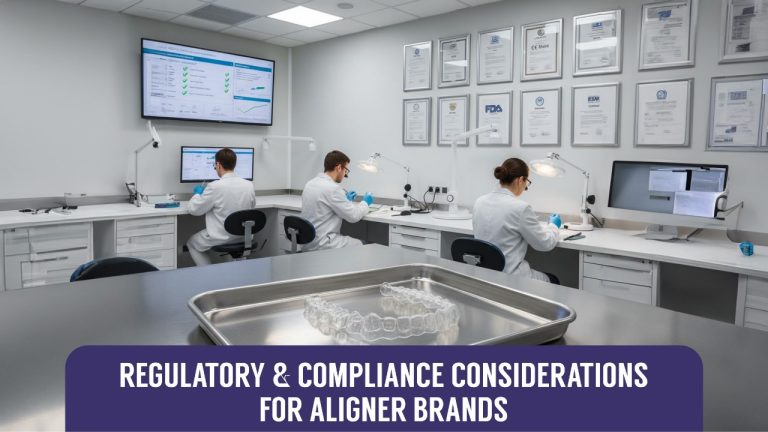
Clear aligner treatment is gaining rapid popularity, much credit for which goes to the results that clear aligners are able to bring for patients. The treatment results are directly related to the quality of clear aligners. They not only need to be effective, they need to achieve the desired treatment objectives without causing any damage to the oral mucosa, bone and periodontal status of a tooth. A suitable material for clear aligners should feature a low degree of hardness, offer high resilience, provide sufficient elasticity, resist deformation, maintain excellent biocompatibility, and present clear optical properties to ensure optimal transparency.1 To ensure the aligners consistently achieve the desired quality levels, there are some necessary regulatory and compliance considerations for aligner brands which every aligner business or manufacturer must comply with, as it forms the foundation for any aligner business.
Regulatory and compliance criteria are crucial in every aligner business, primarily because the end consumer is a patient who needs to be protected from any possible mishaps that may happen because of the aligner treatment.
What Are the Regulatory & Compliance Requirements for Aligner Brands?
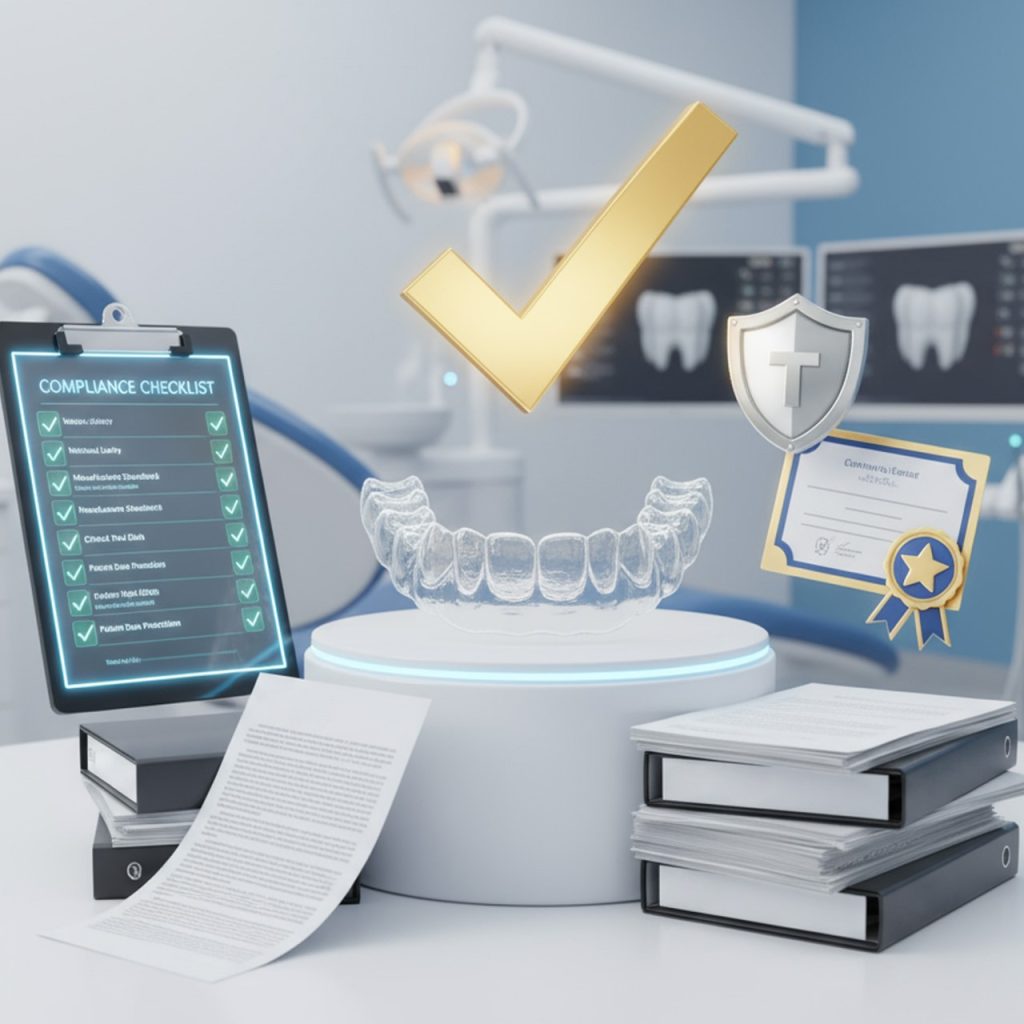
- Marketing Compliance:
All the claims made in the marketing communication should be backed by solid scientific evidence. Marketing strategies by aligner manufacturers should adhere to legal restrictions and ethical guidelines to avoid misbranding and false advertising.
- Clear Communication:
Communication is the key in the process of avoiding any potential legal problem. The dentist should be very clear while communicating the possible limitations of clear aligner treatment and explain the likelihood of needing refinement aligners. It should be communicated that the virtual setup merely indicates the expected dental movement, but it does not guarantee that these results will be attained at the end of the treatment. Every detail should be carefully recorded in a written format and stored as proof of communication.
- Certifications:
The aligner companies must undergo necessary regulatory checks and attain certifications from national authorities before distributing them to providers. This safeguards an aligner brand from any potential legal pitfalls that may go unnoticed otherwise. You should check the laws of your country, as most nations would have made it compulsory to attain certifications before giving aligners to patients.
Impact of Successful Compliance for Aligner Brands:
Successful compliance helps you build a trustworthy reputation amongst your competitors. A treating provider would prefer your brand over others because of the quality assurance that comes with it. It might also benefit you when the dentist provides multiple options to patients. The patient would naturally end up choosing you, knowing their smile is in safe hands.
Global Regulatory Certifications Required for Aligners:
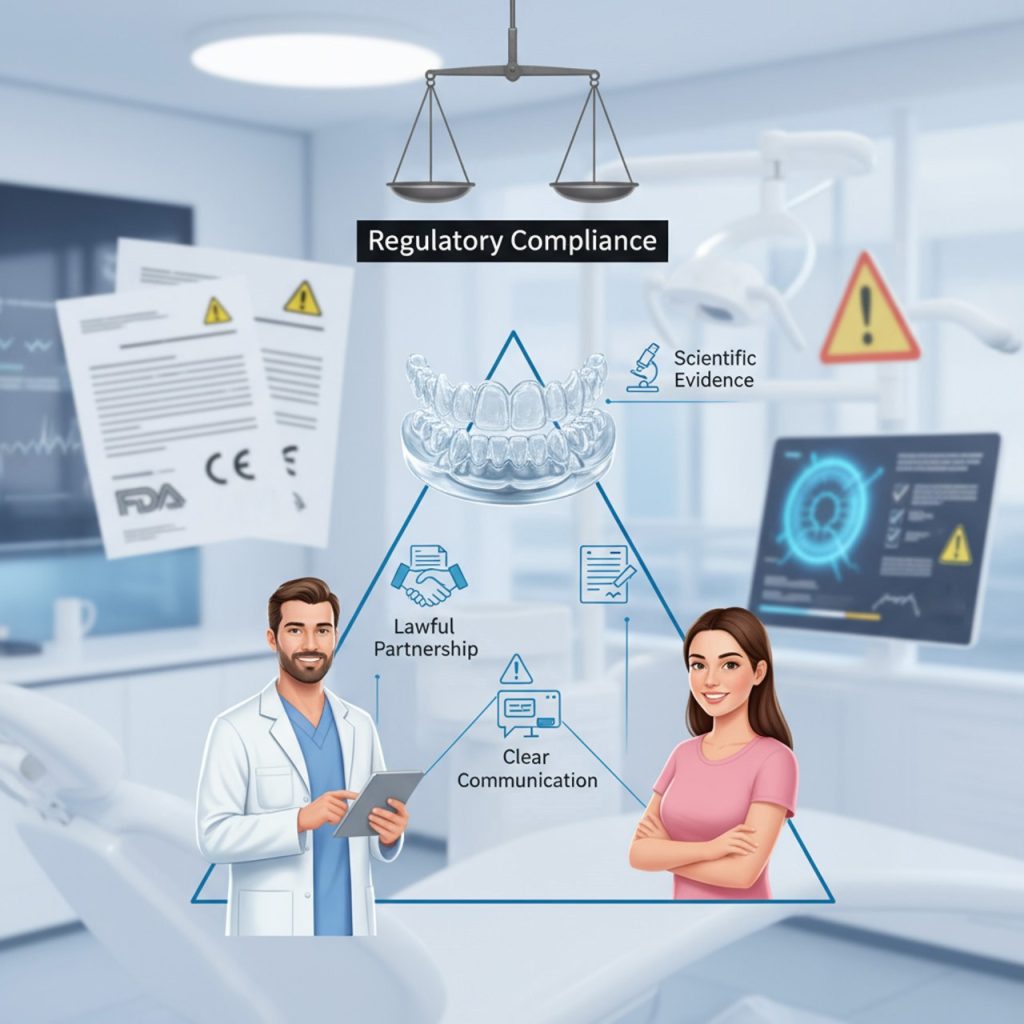
Clear aligners must be approved by regulatory authorities before being manufactured, distributed, or marketed in various countries around the world.
Different countries have their own regulatory requirements that ensure that the aligners are safe, effective, and as per the required quality standards.
If, as a manufacturer of aligner, you want to enter a particular country, you must obtain proper certifications from their regulatory bodies.
Some regulatory authorities require premarket clearance (such as the 510(k) premarket clearance from the US FDA), while others have a conformity assessment system (for example, CE marking in the UK and EU).
Thus, understanding the regulatory requirements for dental aligner brands is very important for aligner manufacturers who want to market their products internationally.
The following table summarises the main regulatory certifications required for dental aligner brands in key markets globally:
| Region/Country | Regulatory Body | Certification/Approval |
| United States | FDA (Food and Drug Administration) | 510(k) Clearance |
| European Union | National Competent Authorities via Notified Bodies | CE Mark under MDR 2017/745 |
| United Kingdom | MHRA (Medicines and Healthcare Products Regulatory Agency) | UKCA Mark (UK MDR) |
| India | CDSCO (Central Drugs Standard Control Organization) under the Ministry of Health & Family Welfare | CDSCO Medical Device License |
| Canada | Health Canada | Medical Device License (MDL) |
| Australia | TGA (Therapeutic Goods Administration) | ARTG Registration |
| China | NMPA (National Medical Products Administration) | Medical Device Registration Certificate (MDRC) |
| Japan | PMDA (Pharmaceuticals and Medical Devices Agency) | PMDA Approval/Certification |
Many global markets also require or recognize additional certifications:
- ISO 13485: International Standard for Quality Management Systems specific to medical devices, required in many countries for manufacturing, distribution, and export eligibility.
- GMP (Good Manufacturing Practice): Certification ensuring manufacturing processes meet quality and safety standards, recognized internationally and by India’s CDSCO.
- ANVISA (Brazil): Approval required for Brazilian market, with product registration and local GMP certification.
Taglus: Your Answer to Regulatory & Compliance Requirements
Taglus is a leading manufacturer of clear aligner thermoplastic materials, globally known for its reliable quality and ease of use. Taglus carries ISO 13485:2016, CE, UKCA, TGA, ANVISA RUS certifications, proving its mettle in terms of regulatory & compliance requirements across the globe. They are available in the form of sheets and rolls, ready to fulfil your needs based on the requ irements of your thermoforming workflow. You can explore more about Taglus’ innovative range of aligner materials by contacting us.
In Summary:
Like every other medical device, clear aligners are liable to comply with certain regulatory and compliance requirements. An aligner brand must maintain lawful partnerships with the treating provider and righteously market its brand with claims that are backed by scientific evidence. There should be clear communication between the treating provider and the patient, so that the patient has realistic expectations of the treatment outcome. If anything goes wrong, the treating provider, along with the brand, is likely to be held responsible; hence, compliance is not an option; it is a compulsion in the aligner business.
Reference:
1 – Katib HS, Hakami AM, Albalawei M, et al. Stability and Success of Clear Aligners in Orthodontics: A Narrative Review. Cureus. 2024;16(1):e52038. Published 2024 Jan 10. doi:10.7759/cureus.52038
2 – Pinheiro IS, Guedes CRS, Apolinário AB, et al. Civil liability of orthodontists and aligner manufacturers in the treatment with orthodontic aligners. Dental Press J Orthod. 2024;29(1):e24spe1. Published 2024 Feb 12. doi:10.1590/2177-6709.29.1.e24spe1
Know More About Us
SignUp To Our Newsletter And Get To Know More About Taglus
Copyrights@taglus-2025
*Taglus is a trademark of Vedia Solutions




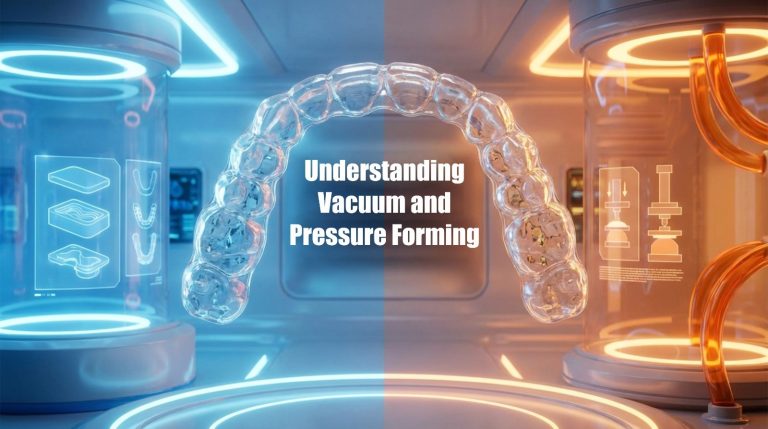
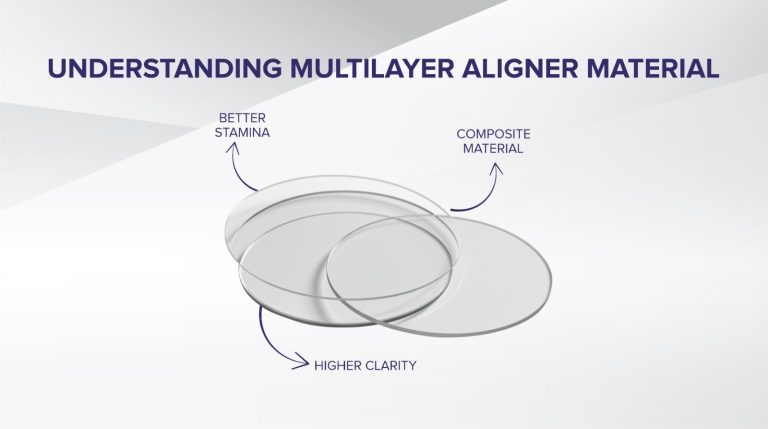
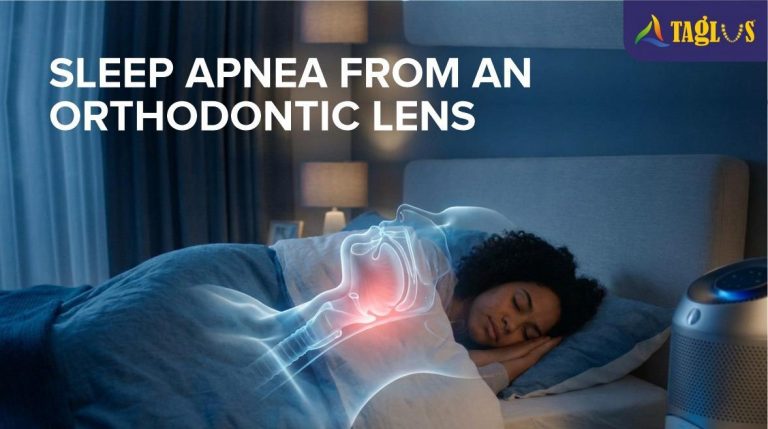



Leave a Reply